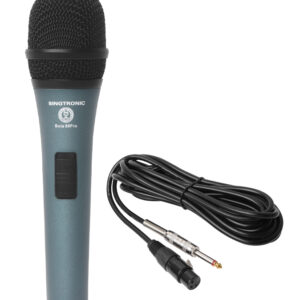
On the flip side, most of them are equipped with TVs (ready yourself for hours of perplexing music videos) and some with dreaded karaoke machines. Alternatively tickets can be bought directly through bus companies online, such as Sinh Tourist, or purchased at most hostels or hotels (sometimes with direct pick up).īuses connecting major towns and cities are predominantly modern affairs, with comfortable reclining seats and even padded flat beds for long trips overnight. Aim to buy tickets a day in advance to be certain of securing seats. These can look chaotic but many now have ticket offices with official prices and departure times clearly displayed. You’ll find at least one bus station in every town. They are also highly convenient, with the extensive bus network spanning to the far-flung corners of the country. Bus travel is cheap and convenientīuses offer one of the cheapest ways to get around Vietnam, making them a big hit with budget travelers. Get more travel inspiration, tips and exclusive offers sent straight to your inbox with our weekly newsletter. You can also use the official Vietnam Railways website, but only if you have a Vietnamese credit card.Īside from the main HCMC–Hanoi run, three rail-spur lines link Hanoi with the other parts of northern Vietnam: one runs east to the port city of Haiphong (for excursions around Halong Bay) a second heads northeast to Lang Son and continues across the border to Nanning, China a third runs northwest to Lao Cai, about an hour's drive from top trekking destination, Sapa. When booking online most travelers use Bao Lau, which is both simple and reliable. When it comes to booking, tickets can be bought at railway stations a couple of days in advance of travel, or online 60 to 90 days in advance. Multiple trains ply the HCMC to Hanoi line in both directions each day.

Some trains now have Wi-Fi (though connection speeds, much like Vietnamese trains themselves, are not the fastest).įares are affordable and vary depending on route, class, and train type. Hard seats are essentially wooden benches expect these carriages to be busy with a fair bit of cigarette smoke. Soft seats are comfortable chairs that recline, usually arranged in rows of four with two chairs on either side of the aisle. Most soft sleepers have two tiers (four beds per compartment) and all bunks are priced the same. These classes are also usually split into air-conditioned and non-air-conditioned options.Ī hard sleeper has three tiers of beds (six beds per compartment), with the upper berth cheapest and the lower berth most expensive. Increasing in price (and comfort), these are: hard seat, soft seat, hard sleeper and soft sleeper. There are four main ticket classes on trains. Trains classified as SE are the smartest and fastest, while those referred to as TN are slower and older.


The main line weaves along the coast from HCMC to Hanoi stopping almost everywhere you’d want it to. Vietnam's train line runs along most of the country's coast © Matt Munro / Lonely Planet Multiple daily trains travel between HCMC and Hanoiįor first-time visitors looking to tick off some of Vietnam’s most popular cities and towns there’s no better way to navigate the country than by train.


 0 kommentar(er)
0 kommentar(er)
